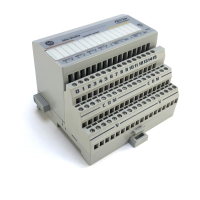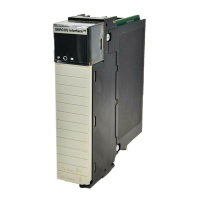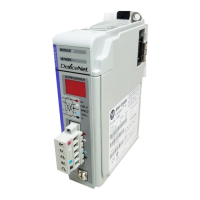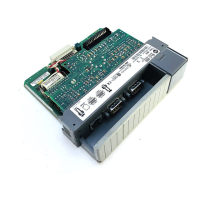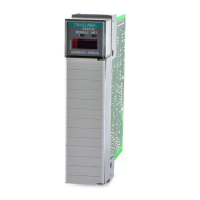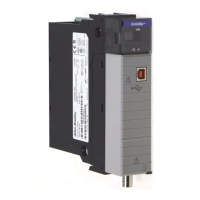A–B
Glossary
G–1
A
AIM
Acronym for Automatic
Identification Manufacturers.
alignment
The relative position of a scanner or
light source to the target or the
receiving element.
alphanumeric or alphameric
The character set which contains
letters, digits, and other characters
such as punctuation marks.
aspect ratio
The ratio of height to width of a bar
code symbol. A code twice as high
as wide would have an aspect ratio of
2; a code twice as wide as high
would have an aspect ratio of 1/2 or
0.5.
attended system
A Scanner/decoder combination that
must be activated, or attended, by an
operator.
average background reflectance
Expressed as a percent, this is the
simple arithmetic average of the
background reflection reading from
at least five different points on a
sheet.
average edge
An imaginary line bisecting the
irregularities of the character edge.
B
background
The area surrounding a printed
symbol.
bar
The dark element of a printed
symbol.
bar code
The vertical bars and spaces found in
a bar code symbol.
bar code density
The number of characters which can
be represented in a lineal inch.
bar code label
A label that carries a bar code and is
suitable to be affixed to an article.
bar code reader
A device used to identify and read a
bar code symbol. Also know as a
decoder
bar code symbol
A group of vertical bars ,that
represents a character or group of
characters whose spacing is
determined by a specific set of rules.
In most cases, human readable
characters are also printed below the
bars.
bar length
The bar dimension perpendicular to
the bar width.
bar width
The thickness of a bar measured
from the edge closest to the symbol’s
start character to the trailing edge of
the same bar.
bidirectional symbol
A bar code symbol that can be read
in complementary (two) directions.
binary code
A power–of–two code; each bit
position has a weighted value.
bit
An acronym for Binary Digit. The
smallest unit of information in the
binary numbering system.
Represented by the digits 0 and 1.

